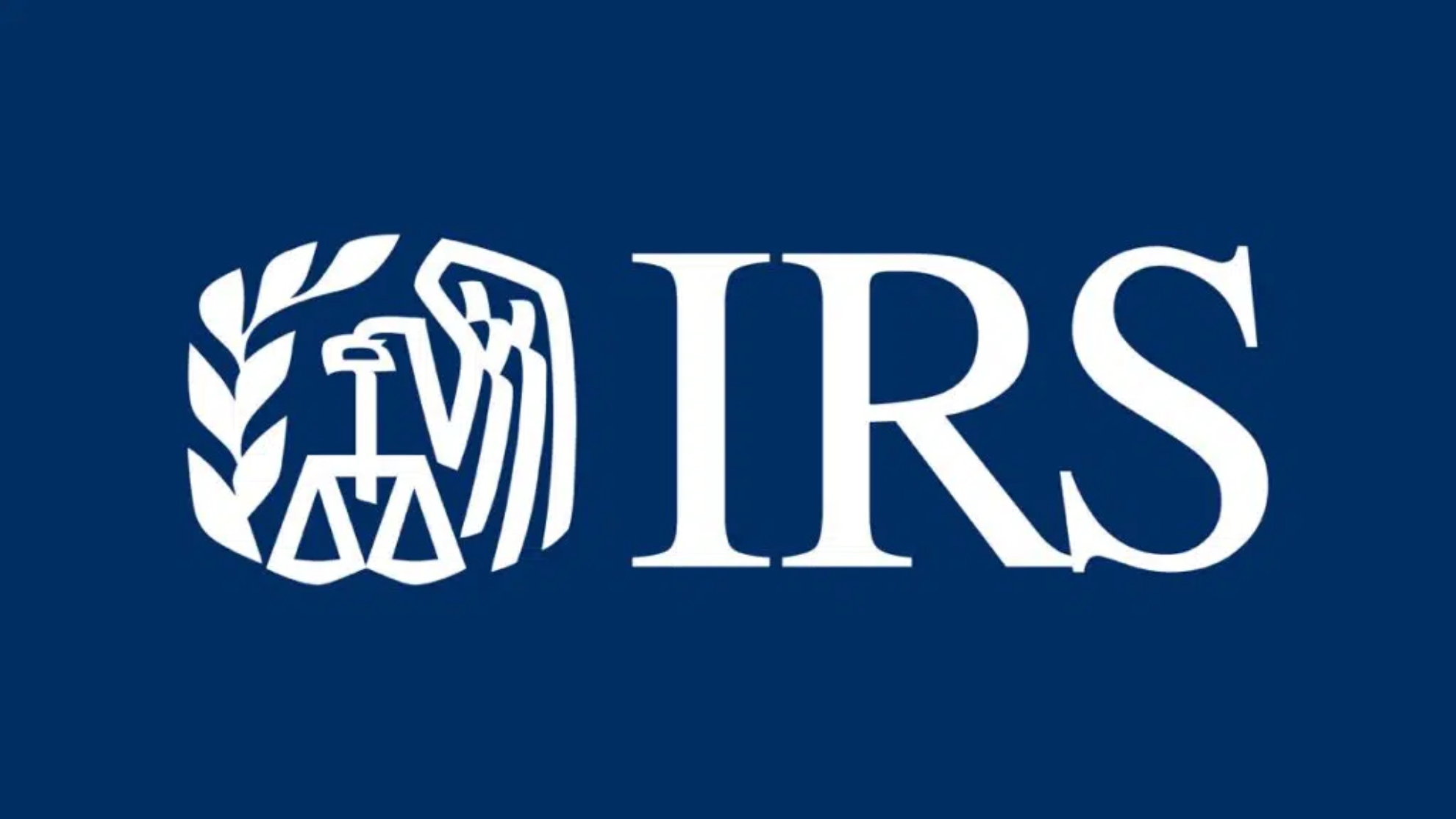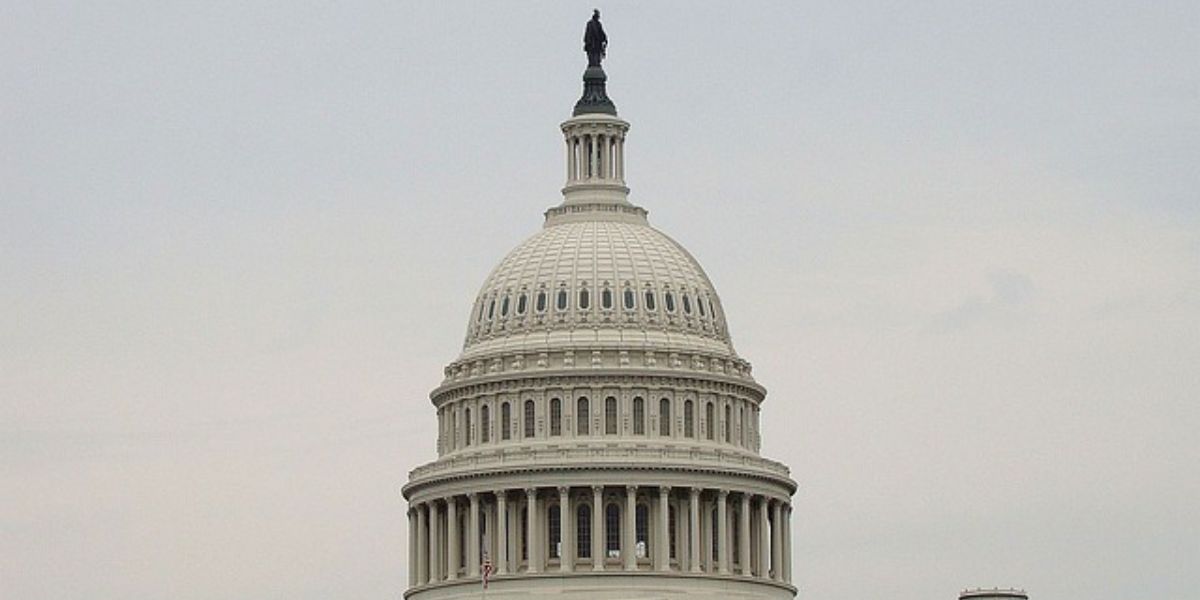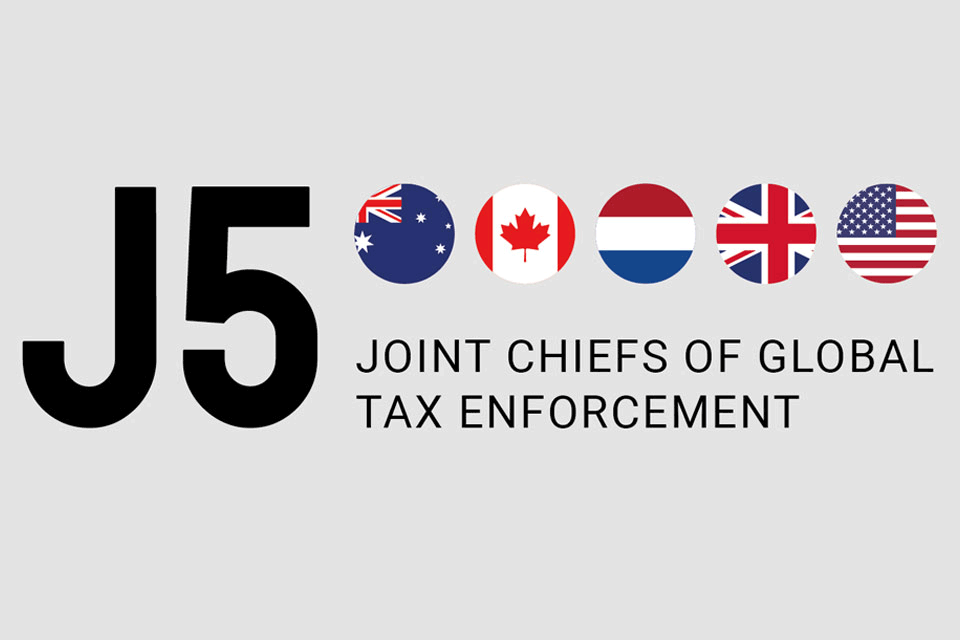The US IRS has announced new measures aimed at assisting small businesses and preventing improper payments within the Employee Retention Credit program yesterday, 8 August 2024. These measures also include accelerating more payments and continuing compliance work on the complex pandemic-era credit that was flooded with claims following misleading marketing.
The IRS is continuing to work denials of improper ERC claims, intensifying audits and pursuing civil and criminal investigations of potential fraud and abuse. The findings of the IRS review, announced in June, confirmed concerns raised by tax professionals and others that there was an extremely high rate of improper ERC claims in the current inventory of ERC claims.
In recent weeks, the IRS has sent out 28,000 disallowance letters to businesses whose claims showed a high risk of being incorrect. The IRS estimates that these disallowances will prevent up to USD 5 billion in improper payments. Thousands of audits are underway, and 460 criminal cases have been initiated.
The IRS has also identified 50,000 valid ERC claims and is quickly moving them into the pipeline for payment processing in coming weeks. These payments are part of a low-risk group of claims.
Given the complexity of the ERC and to reduce the risk of improper payments, the IRS emphasised it is moving methodically and deliberately on both the disallowances as well as additional payments to balance the needs of businesses with legitimate claims against the promoter-fueled wave of improper claims that came into the agency.
The ERC programme began as an effort to help businesses during the pandemic, but as time went on the programme increasingly became the target of aggressive marketing and potentially predatory in some cases – well after the pandemic ended. Some promoter groups called the credit by another name, such as a grant, business stimulus payment, government relief or other names besides ERC or the Employee Retention Tax Credit (ERTC).
To counter the flood of claims, the IRS announced last fall a moratorium on processing claims submitted after Sept. 14, 2023, to give the agency time to digitise information on the large study group of ERC claims, which are made on amended paper tax returns. The subsequent analysis of the results during this period helped the IRS evaluate next steps, providing the agency valuable information to improve the accuracy of ERC claims processing going forward.
The detailed review during the moratorium allowed the IRS to move into this new stage of the program with more payments and disallowances. In addition, the IRS will remain in close contact with the tax professional community to help navigate through the complex landscape.
Work continues on improper claims as IRS closely monitors feedback; appeals process available for denied claims
With the recent issuance of 28,000 disallowance letters, the IRS is aware of concerns raised by tax professionals about potential errors. While we are still evaluating the results of this first significant wave of disallowances in 2024, early indications indicate errors are relatively isolated and that more than 90% of disallowance notices were validly issued.
The IRS will continue to remain in contact with the tax community and monitor the situation and make any adjustments to minimise burden on businesses and their representatives. Specifically, the IRS will adjust its processes and filters for determining invalid claims following each wave of disallowances. While the IRS is still evaluating the results of this first significant wave of disallowances in 2024, early indications indicate errors are isolated.
The IRS also noted that in limited cases where claims can be proven to have been improperly denied, the agency will work with taxpayers to get it right.
The IRS also reminds businesses that when they receive a denial of an ERC claim they have options available to file an administrative appeal by responding back to the address on the denial letter.
The IRS learned that some of the recent early mailings have inadvertently omitted a paragraph highlighting the process for filing an appeal to the IRS or district court, and the agency is taking steps to ensure this language is mailed to all relevant taxpayers.
Additional payments for 50,000 valid claims moving into processing; more in the fall
In the latest step, the IRS announced today that low-risk ERC claims will be paid out quickly. The IRS is moving 50,000 of these claims. After processing is complete, the claims will be paid out to taxpayers. The IRS projects payments will begin in September with additional payments going out in subsequent weeks. The IRS anticipates adding another large block of additional low-risk claims for processing and payment in the fall.
The IRS also noted that it is making a shift in the moratorium period on new claims now that it has additional information. Previously, the agency was not processing claims filed after 14 September, 2023.
As the agency moves forward, it will now start judiciously processing claims filed between 14 September, 2023, and 31 January, 2024.
Like the rest of the ERC inventory, work will focus on the highest and lowest risk claims at the top and bottom end of the spectrum. This means there will be instances where the agency will start taking actions on claims submitted in this time period when the agency has seen a sound basis to pay or deny a refund claim.
As the IRS begins to process additional claims, the agency reminds businesses that they may receive payments for some valid tax periods – generally quarters – while the IRS continues to review other periods for eligibility.
ERC eligibility can vary from one tax period to another if, for example, government orders were no longer in place or a business’s gross receipts increased. Alternatively, qualified wages may vary due to a forgiven Paycheck Protection Programme loan or because an employer already claimed the maximum amount of qualified wages in an earlier tax period.
ERC compliance work continues
The IRS continues analysing ERC claims, intensifying audits and pursuing promoter and criminal investigations. Beyond the disallowance letters, current initiatives results include:
- ERC Claim Withdrawal Programme: The claim withdrawal process for unprocessed ERC claims has led to more than 7,300 entities withdrawing USD 677 million.
- ERC Voluntary Disclosure Programme: During the VDP, which ended in March, the IRS received more than 2,600 applications from ERC recipients that disclosed USD 1.09 billion worth of credits.
- Criminal investigations: As of 1 July, 2024, IRS Criminal Investigation has initiated 460 criminal cases, with potentially fraudulent claims worth nearly USD 7 billion. In all, 37 investigations have resulted in federal charges so far, with 17 investigations resulting in convictions and nine convictions with an average sentence of 20 months.
- Promoter investigations: The IRS is gathering information about suspected abusive tax promoters and preparers improperly promoting the ability to claim the ERC. The IRS’s Office of Promoter Investigations has received hundreds of referrals from internal and external sources. The IRS will continue civil and criminal enforcement efforts of these unscrupulous promoters and preparers.
- Audits: The IRS has thousands of ERC claims currently under audit.















